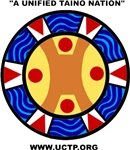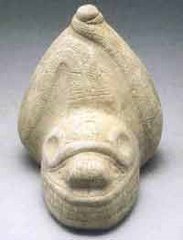Did You Know: The word batata is a Taíno word describing what is commonly called a sweet potato (Ipomoea batatas). The white sweet potato can also be called by another Taíno word, boniato. The word batata has since been incorporated into Portuguese to identify potatoes (Solanum tuberosum). According to some sources, the English word potato is itself derived from the Taíno word batata, which was borrowed from an early Spanish corruption patata. Traditionally, starchy root tubers are a staple of Taíno diet. Beyond the batata, other tubers such as iuka (yuca/cassava/manioc), iautía (yautia), guaíga (guayiga), and ahe (aje) were also cultivated traditionally. However, of all these tubers iuka remains the most prominent Taíno dietary staple. In the Caribbean, early Spanish chronicles recorded Taino names for several different varieties of ahe (aje), which are identified today as common or wild yams and are said to be part of the Dioscorea family of tubers. Caribbean or West Indian “yams” are generally identified through their Latin botanical identification of Dioscorea sativa. The word “yam” is an English form derived from nyami, a term found in some West African languages said to mean “to eat”. Today, some of the early variant ahe tubers are not cultivated commercially or even locally and are no longer easily distinguishable by their diverse, original Taíno names. - UCTP Taino News (c) 2013
Subscribe to:
Post Comments (Atom)







No comments:
Post a Comment